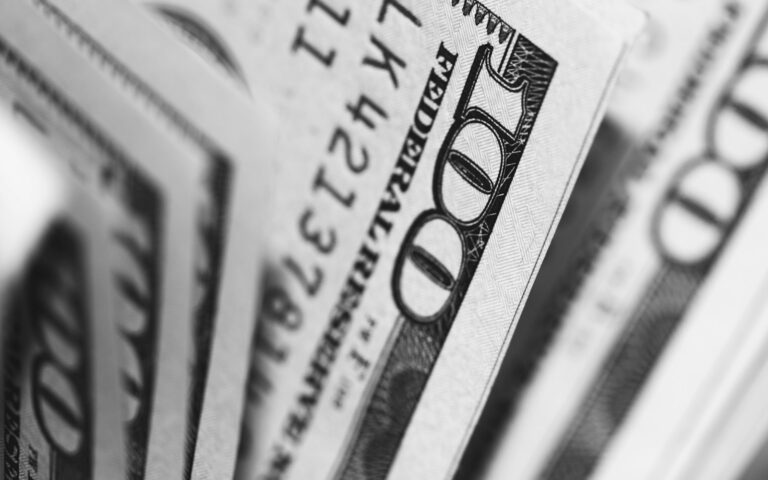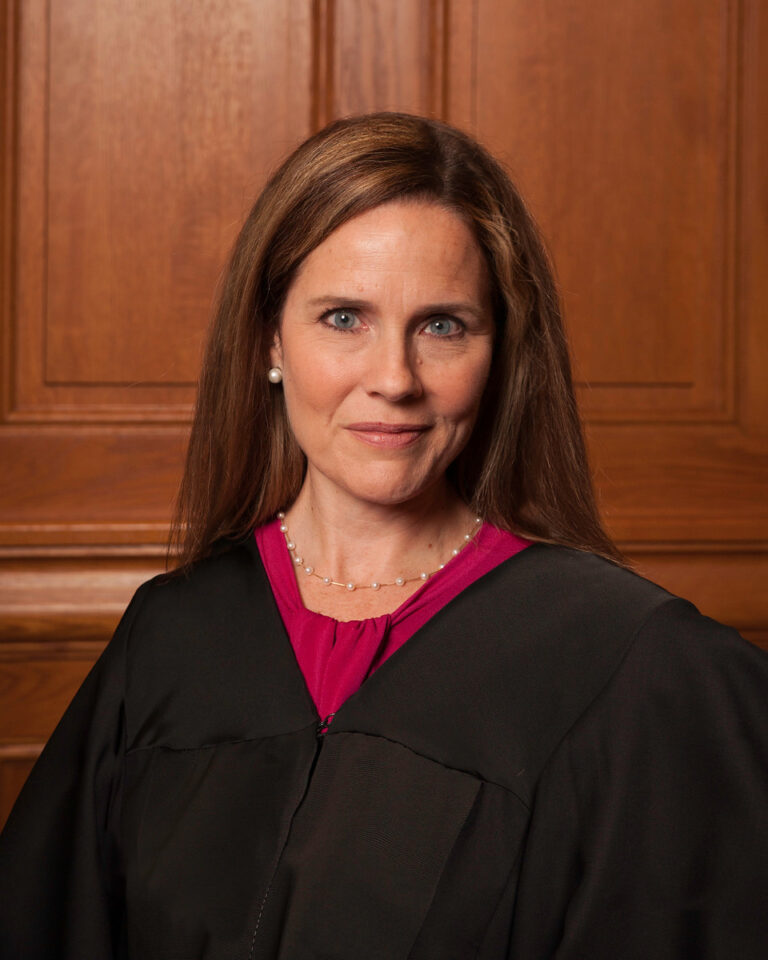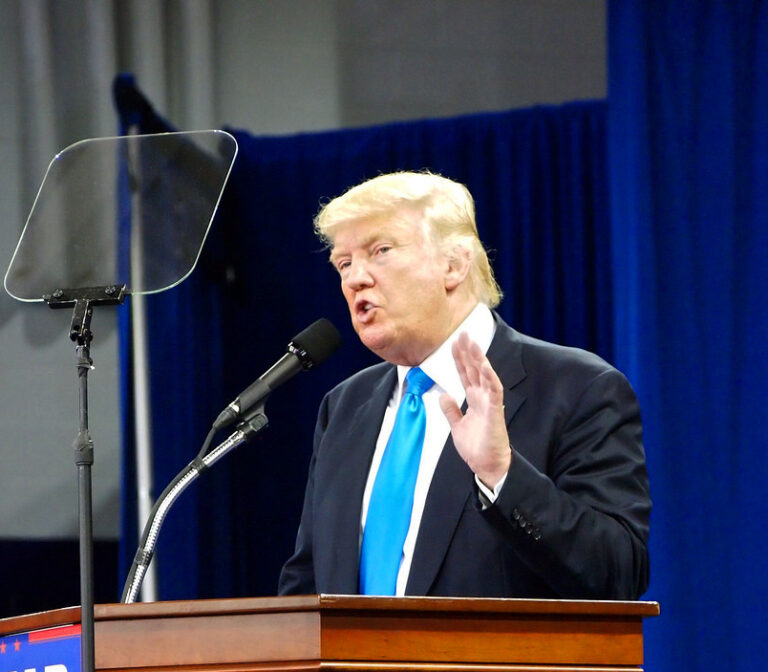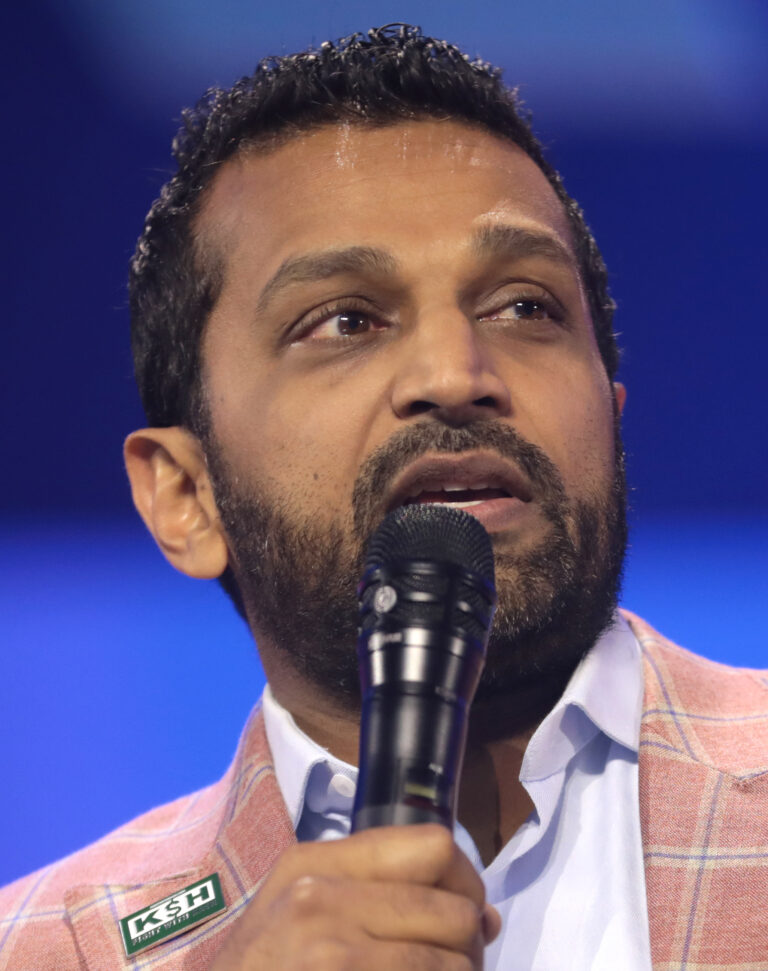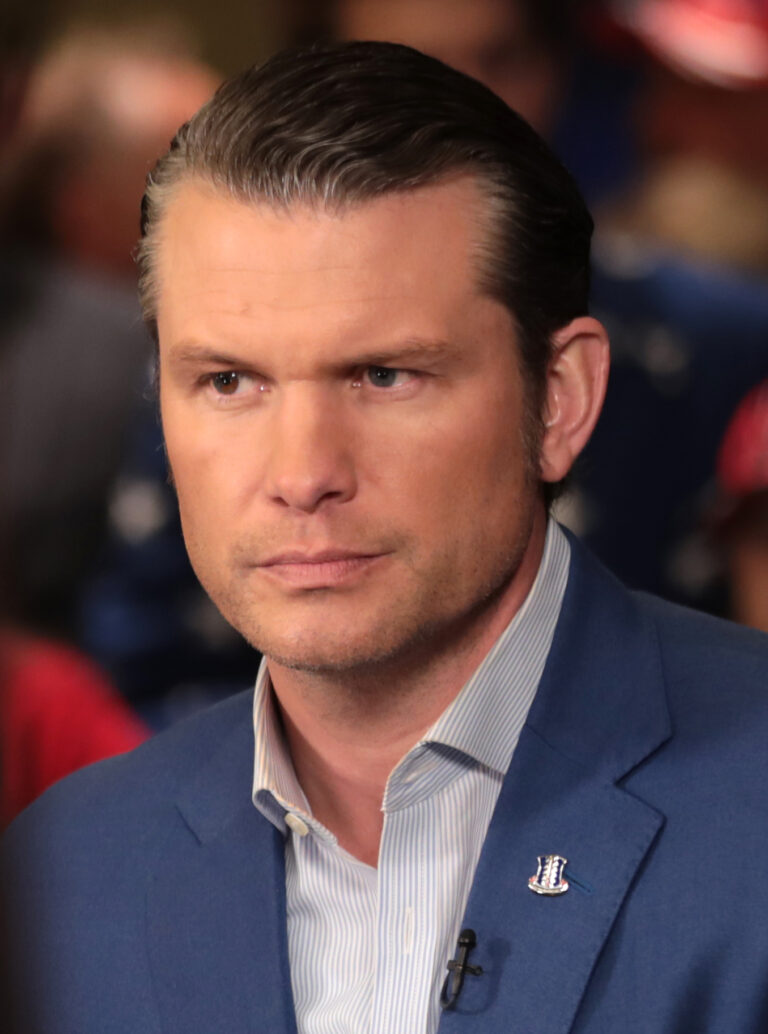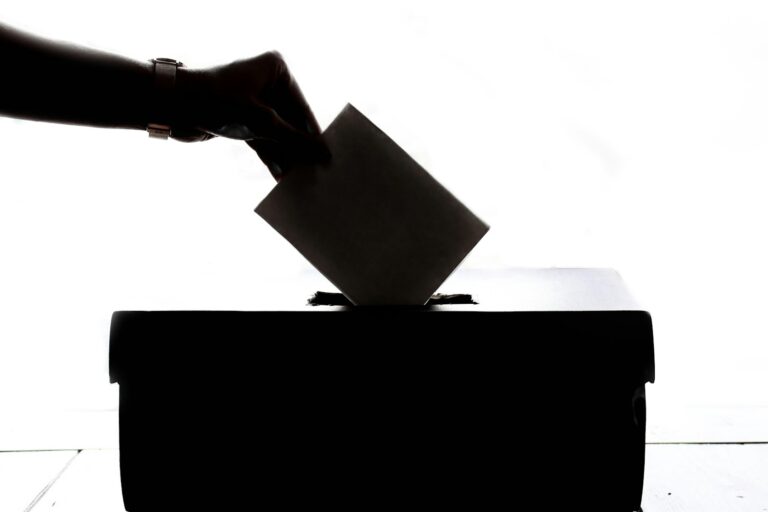Key Takeaways
• Former President Trump slammed NATO over the Russo-Ukraine War, calling it “Biden’s war,” not his.
• He urged allies to stop buying Russian oil and follow his lead to end the conflict fast.
• Trump claimed he could impose major sanctions on Russia once NATO acts.
• His promise to end the war in 24 hours remains unfilled, and blame now falls on Europe.
• Peace talks have stalled despite high-profile meetings with Putin and Zelenskyy.
Russo-Ukraine War on NATO’s Radar
Former President Trump fired off a challenge to NATO members this Saturday morning. He used his social media platform to demand that allies follow his instructions. He insisted that only his plan could save thousands of lives in the Russo-Ukraine War.
Trump’s Fiery Message
Trump began by stressing that this was not his war. He wrote that the conflict would never have started under his watch. Instead, he blamed President Biden and Ukraine’s leader, President Zelenskyy. He claimed to be “only here to help stop it.” He cited data showing over 7,100 lives lost in a single week. He called that number “crazy.”
Then, Trump issued a stark warning: if NATO did “as I say,” the war would end fast. Otherwise, he said the United States would waste time, energy, and money. He framed the issue as do-or-die for America’s commitment to peace.
Trump’s Open Letter on Russo-Ukraine War
In his open letter to the world, Trump urged NATO nations to stop buying Russian oil. He argued that any purchase of oil from Russia weakens Europe’s bargaining power. He said strong sanctions could follow right after NATO takes that step. Trump wrote, “As you know, NATO’s commitment to WIN has been far less than 100%.” He added that shockingly some allies still fund Russia with oil deals.
Trump insisted he was “ready to go” whenever NATO said so. He pushed for unity behind his demands. He warned that failure to comply would only drag out the Russo-Ukraine War.
Campaign Promise vs. Reality
Ending the Russo-Ukraine War ranked high on Trump’s 2024 election campaign. He vowed no fewer than fifty-three times to negotiate peace within 24 hours of taking office. His supporters cheered the bold pledge. However, that promise has not materialized.
After taking office, Biden strengthened support for Ukraine. Western leaders provided weapons, funds, and training. Peace talks stalled as both sides held firm. Even Trump’s own aides now admit his diplomacy push has largely failed. They privately say that Europe’s slow moves blocked quick progress.
High-Stakes Meetings and Stalled Talks
Last month, Trump met with Russian President Vladimir Putin at a summit that grabbed global attention. He pledged to seek a deal that could end the Russo-Ukraine War. Days later, he met Ukraine’s President Volodymyr Zelenskyy. Both meetings raised hopes for new peace efforts.
Unfortunately, no breakthrough followed. Talks fell into limbo amid trust issues and deep disagreements. U.S. officials concede that talks have ground to a halt. Now, Trump shifts blame to European leaders for weak unity.
What NATO Could Do Next
Trump’s core demand centers on halting Russian oil purchases. Here are possible next steps for NATO:
• Agree to a total ban on Russian oil imports.
• Coordinate new sanctions that target Russia’s financial flows.
• Offer a clear roadmap for peace talks involving all parties.
• Increase diplomatic pressure on both Kyiv and Moscow to resume talks.
If NATO unites behind these measures, Trump says he will impose major sanctions on Russia. He believes such a show of solidarity will force Russia and Ukraine back to negotiations.
Will Peace Be Within Reach?
Even if NATO adopts Trump’s oil ban, it may not guarantee a quick end. Russia relies heavily on energy exports for revenue. Cutting those off could hurt Russia’s war effort. Yet, Moscow may retaliate by raising global energy prices.
Moreover, Ukraine insists on restoring all occupied territories. Russia aims to keep control of key regions. These core demands create a showdown that simple sanctions cannot bridge.
Still, Trump argues that stronger sanctions will weaken Russia’s position. He claims this will push Putin back to the table. Meanwhile, he frames any delay as proof of weak leadership in Europe.
Beyond Oil: A Broader Strategy
Ending the Russo-Ukraine War will require more than halting oil imports. Experts say peace needs:
• A clear ceasefire agreement.
• International monitors on the ground.
• Humanitarian corridors for civilians.
• Dialogue on security guarantees for Ukraine.
• A phased plan for lifting sanctions tied to progress.
Trump focuses on oil and sanctions. Yet, a sustainable peace may need a multi-layered approach. Allies across Europe might still press for broader talks.
What Happens Next?
The next NATO summit could test Trump’s demands. Leaders will weigh the costs of cutting off Russian oil. At the same time, they face domestic pressure over energy prices. High prices could fuel dissent at home.
If Europe resists, Trump may intensify his social media campaign. He could threaten to withhold U.S. support for new NATO missions. That tactic may drive a deeper rift between the U.S. and its allies.
On the other hand, if Europe swiftly halts oil deals, the pressure on Russia will grow. Putin may face a financial squeeze that forces him back to the table. Ukraine might agree to talks that lead to a ceasefire. Yet, both sides will still clash over final terms.
Ultimately, the future of the Russo-Ukraine War hinges on unity. Stronger alliances could bring faster peace. But every step carries risks for global stability and energy markets.
FAQs
What exactly did Trump demand from NATO?
He urged NATO allies to stop buying Russian oil and promised major sanctions once they comply.
Has Trump ever negotiated a major peace deal?
No, his pledge to end the Russo-Ukraine War in 24 hours remains unfulfilled.
Why is Europe hesitant to cut off all Russian oil?
Many European countries rely on Russian energy and fear a sharp spike in prices.
Could stronger sanctions alone end the war?
Sanctions may pressure Russia financially, but true peace likely needs a full ceasefire and talks.


